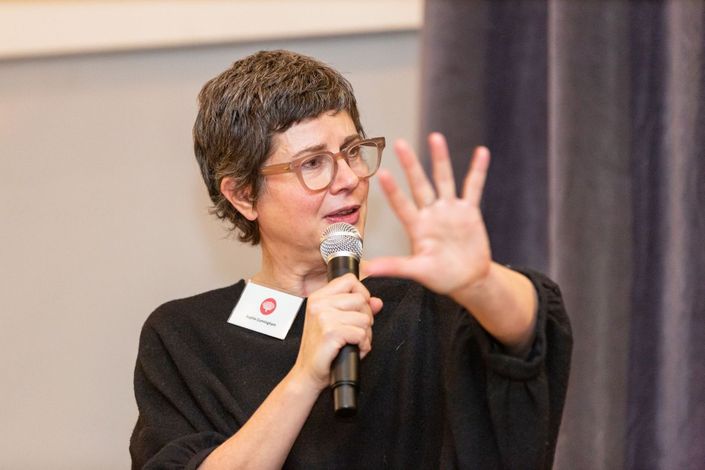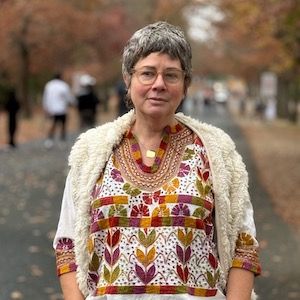
Nature Writing with Sophie Cunningham
Begin and build your own piece of nature writing with this insightful course
Join Sophie Cunningham, one of Australia's best nature writers, for this course all about exploring nature in your writing.
For some of us Nature Writing is a form of activism, a way of bearing witness in a time of rapid change. But even if you don’t think of yourself as a political writer, you will, most likely be wrestling with anxiety and grief about what is being lost — at the same time as being wanting to celebrate the wonders of nature that still are with us. This course provides a method for writing about nature in both fiction and non-fiction, and encourages thinking around the complicated terrain, literal and metaphoric, that Nature Writing leads us into.
You'll learn:
- Techniques for getting to know a landscape
- Building narrative and creating momentum in your work
- The importance of observation, repetition and POV
- Research skills
- A consideration of ethics, politics and the philosophy of radical hope
Scroll down to see the full course curriculum and a list of frequently asked questions.
KYD Members receive a 10% discount on this course and all other KYD online courses throughout the year. Become a member here, or contact [email protected] for more information.
Want to buy a course for a friend? Purchase a gift voucher here.
Your Instructor

Sophie Cunningham is the author of nine books, including City of Trees: Essays on Life, Death and the Need for a Forest and the novel This Devastating Fever. She is currently working on her fourth novel, The Whole Earth Catalogue, and a long form essay Epistemological Chaos. She posts a photo of a tree on her Instagram @sophtreeofday everyday, is a teacher of creative writing, is the Chair of the Australian Society of Authors and a Director of the Copyright Agency. You can learn more about her at www.sophiecunningham.com.
Course Curriculum
-
StartRepetition
-
StartBirds in Royal Park (1:00)
-
StartFurther Reading
-
StartRepetition: Exercise One
-
StartRepetition: Exercise Two
-
StartBeing and Observing
-
StartPainting Camel’s Hump (0:20)
-
StartExample of an Audio-Visual Note (0:34)
-
StartFurther Reading
-
StartExercise: Drawing
-
StartExercise: Sitting
-
StartWalking
-
StartFurther Reading
-
StartExercise: Walking
-
StartResearch
-
StartResearch and Camel’s Hump (2:23)
-
StartFurther Reading
-
StartResearch: Exercise One
-
StartResearch: Exercise Two
